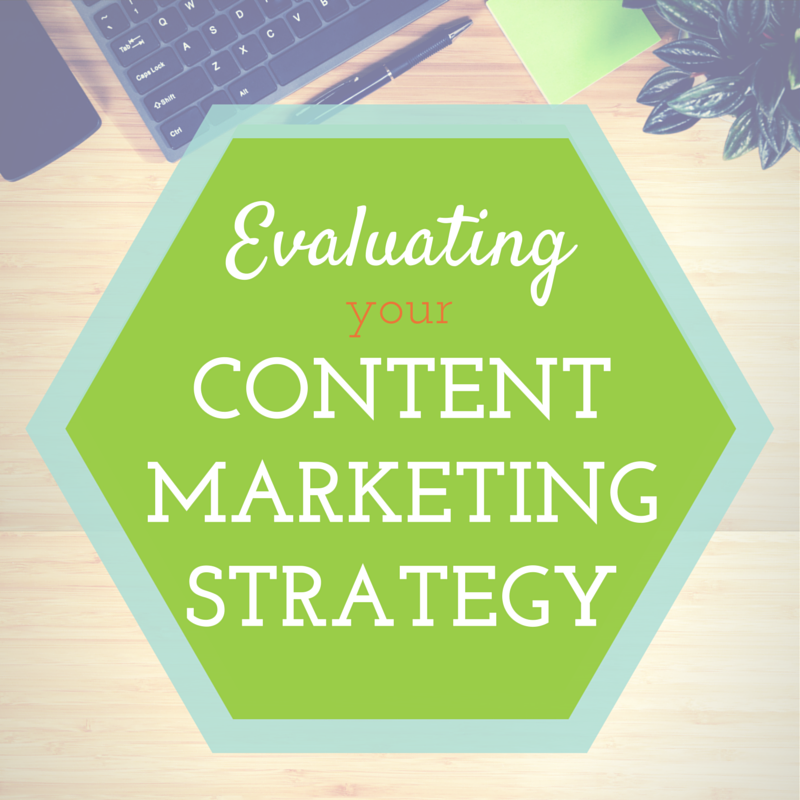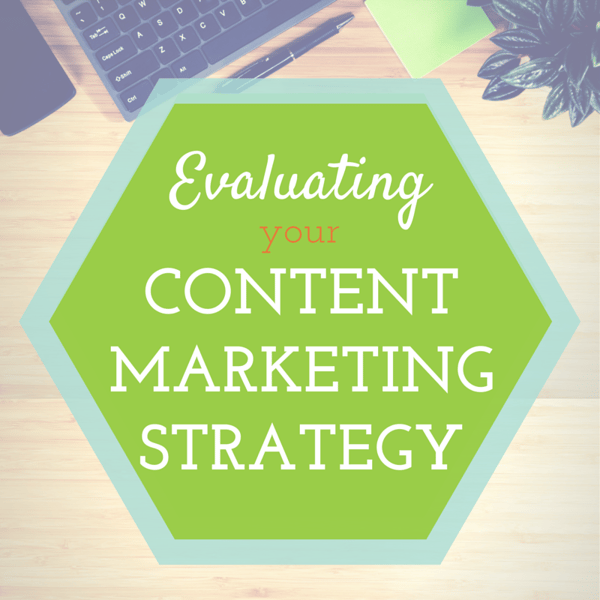How do you know if your content marketing strategy is working?
After spending long, hard hours putting together editorial calendars, structuring the best Top 10 lists, and making supporting graphics “pop just right,” content creators want to believe that each piece of strategic and perfectly-timed messaging resonates with the right target audience. To make sure you are on track, get acquainted with which posts create the most value for your brand, by looking at a few key metrics that offer insight into what aspect of your content marketing strategy is working and what is not.
5 Steps for Evaluating Your Content Marketing Strategy
- Classify Content by Platform. Take a look at the different methods you use to deliver your message. Break them down by hosting platform, such as website, newsletter and social media outlets. Then, categorize the content based on commonalities, such as lists, promotional products, editorials, videos, photo slideshows and more. This will make it easy to track results across various platforms.
- Track Interaction. Look at what type of content drives the most traffic to your website and receives the highest level of engagement, whether that means clicks, likes, retweets or shares. Make note of the types of what posts get the most interaction, and the ones that aren’t tracking as positively. Views, engagement, comments and shares will tell a story about if your content is hitting home with your target market. Note: Try to avoid focusing on vanity metrics such as followers and page likes, and put more emphasis on audience engagement by noting which content is starting conversations and being widely shared.
- Research Referrals and Outside Links. Links that point back to your website acts as currency in the internet world. Check your top referrers in your website analytics to see where the bulk of your traffic is coming from, whether that means Facebook, Twitter, LinkedIn or a local bloggers network. Research the context of these links to ensure they align with your message, and gain an understanding of the audience you are attracting from these sources. Linkages from noteworthy online communities can gain your website a tremendous amount of hits. Think about how these sources are finding your content, so you can replicate the process down the line.
- Analyze the Data. While most creative types are less inclined to be inspired by number crunching, there’s no growth if you’re not re-evaluating, learning, and repeating what works. Now that you have a pretty good handle on the impression your content makes on your audience across different strategies, it’s time to formulate a strategy. If lists are performing super well on your blog, but not as well on Twitter, then revise the plan accordingly. Instead of posting lists in 140 characters or less, repeat another approach that is attracting attention. Remove the approach that is performing the worst and brainstorm a new idea to take its place.
- Wash, Rinse, REPEAT. Now that you know which type of content drives the most traffic and receives the most love from your audience, use that knowledge to your benefit. Focus on the pieces that are most effective, and replicate or repurpose. We aren’t telling you to be redundant, but take advantage of the material that resonates with your audience, and eliminate what isn’t working to make room for new ideas. Use those referrals to your benefit, too. Identify the market you are trying to connect with and explore the noteworthy communities that attract that audience. Write directly to those individuals and see if you can’t get one of your articles up on the popular sites.
Evaluating your content strategy on a regular basis is extremely important when working in a web-based business. Diving into the data and analyzing the numbers isn’t the most fun, but with these easy 5 steps to evaluating your content strategy, you can get clear on what your audience is digging so you don’t have to waste time creating something they hate—no matter how much you, personally, love it. Take the next hour to do a little research and get clear on your content strategy.
Good luck!


